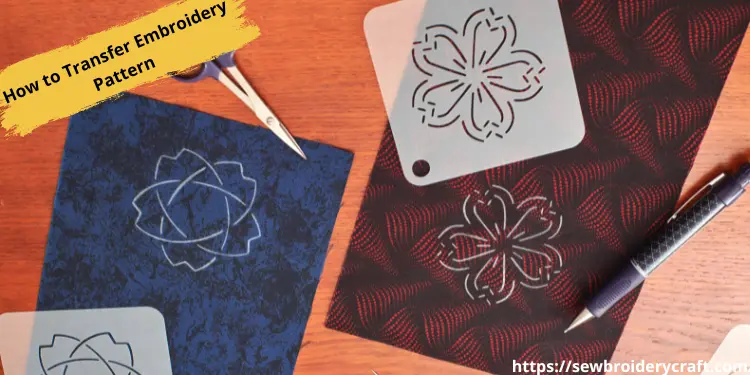
You’ve learned how to draw embroidery and chosen a lovely embroidery pattern and have all of your materials n hand. How are you tracing embroidery pattern onto fabric now? Here are some ideas for how to get an embroidery pattern onto fabric for your needlework patterns that are easy and low-tech. Experiment with these methods to see which ones work best for your design and the fabric you’re embroidering on.
There are several ways to mark or transfer an embroidery pattern on the fabric, and one of them will most likely become your favorite. Even if you prefer one way like using pattern transfer paper over the others, it’s a good idea to be familiar with all of the possibilities. The ideal technique to transfer design to fabric is typically determined by the weight or color of the fabric.
6 Best ways to Transfer the Embroidery Pattern
Tracing-How to trace a design on fabric
Tracing on fabric is one of the best methods you can transfer embroidery patterns to a piece of fabric. You just have to draw the embroidery pattern onto your fabric directly. It is one of the easy and simple methods which doesn’t reverse the image in how to trace embroidery pattern onto fabric.
How do embroidery patterns work, Tracing is a wonderful approach to transfer designs because it takes little if any additional materials. All you’ll need is a way to label the cloth, a design, and a source of light. It may be a light box, a bright window, a tablet, or an iPad.
How to do it?
This transferring embroidery patterns works better on lightweight, light colored and semitransparent fabric. However, to see how to transfer embroidery pattern to fabric through your fabric, you’ll usually need to have a light source behind your embroidered pattern. You can use a lightbox or tape your pattern to a bright window, then tape your fabric over top like we do when practicing how to transfer print to fabric for embroidery.
Lightboxes come in a variety of sizes and prices (the Crayola Light-Up Tracing Pad is a good example of a low-cost choice), or you can use a tablet. Placing a sheet of glass between your tablet and your embroidery pattern helps protect your screen from harm caused by tracing the design too vigorously, this is how to sketch embroidery designs carefully. Tape your pattern to the glass, then tape (or hold) your fabric to it.
Fabric tracing paper /Carbon Paper
It is the alternative method to tracing or transferring embroidery patterns. embroidery paper transfer works well for reproducing designs onto a variety of colors and thicknesses of fabric with a flat surface, but not for textiles having a fuzzy surface, such as wool, then how to trace an embroidery pattern on such materials? Well, A light, delicate line is produced using transfer paper for embroidery. For transferring designs onto dark-colored fabric, light-colored paper, it would be better if you use white or yellow embroidery transferring paper.
How to do it using Embroidery Transferring Paper?
You just need to cover the embroidery design transfer paper with design you want to transfer with tracing paper. Trace with a regular pencil first, rather than the iron-on pencil, because you’ll be inverting and tracing the image in the following step. If you do this, you’ll get the iron on the pencil and all over the iron!
How to transfer a design from paper to fabric?
how to transfer a pattern for embroidery? Turn the tracing paper over and trace the design with the iron on the pencil (which will now be a mirror image), pressing hard. If you don’t shake and wipe away any remaining pencil shavings, they will be transferred to the cloth. Place the tracing paper on the fabric facing down. It’s a good idea to pin it to the fabric or hold it firmly so the design doesn’t shift. This is how to copy a design onto fabric from paper.
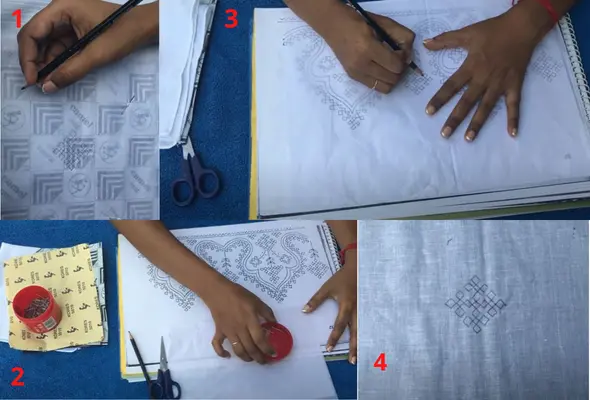
Heat Embroidery Transfer Pen and Embroidery pencil
How to trace on fabric without tracing paper ?Heat transfer pencils or pens are another alternatives for marking an embroidery design on fabric, and they may be used on both light and heavy textiles. How to transfer images onto fabric for embroidery? The ink is activated by the heat of an iron, and transfer pencils and pens come in a variety of colors and thicknesses.
These markings, on the other hand, are irreversible. The transferring embroidery patterns lines will not wash out, and the marked lines must be entirely hidden by needlework. For the greatest results, use a fine-tipped transfer pen.
How to do it?
Transfer embroidery pattern to dark fabric- Trace the pattern using fabric pencil for embroidery in reverse on a lightweight sheet of paper with a heat transfer pen or pencil (the design is traced in reverse because the pressing process creates a mirror image of the design marked on the paper). The simplest and quickest way to do this is to print your pattern, flip it over, and then trace the design with the transfer pencil for embroidery on the back side of the paper.
Place the paper against the fabric and press with a hot iron, pulling the iron off the paper before moving it to the next position to transfer the design to the cloth. The image will be distorted if you iron by moving your iron back and forth over the paper that you draw using heat transfer pencil.
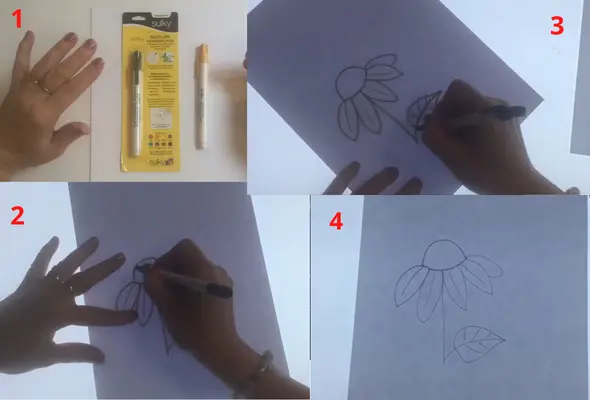
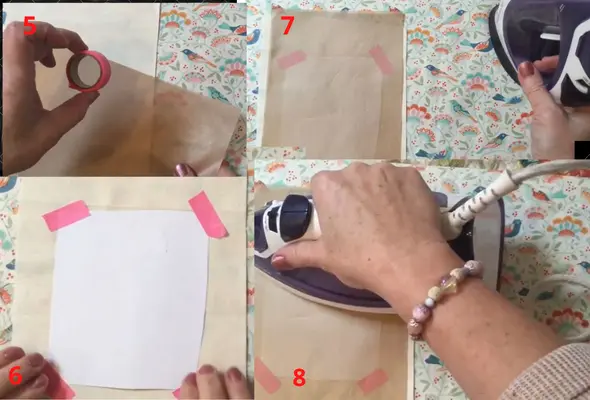
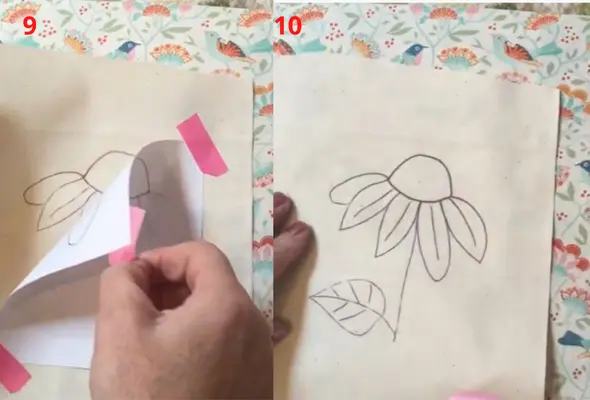
Water-soluble pen for embroidery
Another method that you can use to transfer embroidery drawing is using a water erasable transfer pen. how to transfer drawing to fabric- The marker stays visible until you rinse it away, which is quite easy to do once you’ve completed embroidering. When you shine the light behind light colored and lightweight materials, you can see through them. It can be used on any texture or weave.
Transfer embroidery pattern to dark fabric?
All you need for drawing on fabric for embroidery is a bright window (or lightbox), fabric, and a marker. Simply use heat transfer pencil alternative and print your pattern, tape it to the window, cover it with your fabric, and trace away! how to transfer a pattern? You may stitch over your lines, and the ink lines will rinse out in cold water when you’re done – no laundering required! After rinsing, lay your cloth flat to dry on a clean towel and gently press out any excess water.
Water Soluble Stabilizer
This is an excellent choice for intricate needlework designs. All you have to do is print the water-soluble stabilizer using it as embroidery printer paper or copy your design using your printer. You don’t need to trace or do anything because all the small details are ready to stitch via embroidery printing!
Drawing for embroidery Water-soluble stabilizers come in a variety of forms. Be aware that some may be ‘sticky’ to your needle in case of hand embroidery tracing designs . If your needle gets goopy from the sticky stabilizer, you should keep a used dryer sheet on hand to clean it. Also, due to the layer of stabilizer between your thread and cloth during sewing, the finished embroidery is somewhat lifted; on some patterns, I prefer the added dimension to the finished embroidery.
How to do it?
How to make an embroidery transfer directly on the stabilizer, print your embroidery design pattern. Before hooping, pin the stabilizer to your fabric, putting the stabilizer on top of the right side. Using the pattern printed on the stabilizer, stitch through the stabilizer and cloth. Cut away any excess stabilizer once you’ve finished designs for tracing. This doesn’t have to be flawless; it only makes it easier to remove all of the stabilizers from your finished piece if you do this extra step. Soak your piece according to the manufacturer’s instructions to remove any leftover stabilizers.
Iron Transfer
Some patterns are available as pre-printed iron transfer patterns, allowing you to iron on transfer paper for embroidery designs to your fabric with a little ironing. You can make your transfers with an iron-transfer pen or pencil in any tracing design for embroidery pattern. Because this procedure reverses the image, you should always start with a flipped printed pattern or diy embroidery pattern. Trace the pattern with the transfer pen on heavy tracing paper or thin copy paper. Because the pattern markings are permanent, make sure to sketch them carefully before testing how to make your own iron on transfers for embroidery
How to do it?
Place the traced (or pre-printed)embroidery transfer sheets design face down on the fabric after ironing it. Press the iron against the back of the embroidery printer paper for a few seconds without moving it. Raise your iron. If you have a larger pattern, repeat the operation, but be careful not to alter the pattern or slide the iron across the paper, as this will result in blurred or double lines of embroidery drawing .
Frequently Asked Questions
Final Thoughts
When it comes to working with digital patterns, the most difficult component of mastering embroidery is finding out how to transfer embroidery pattern ?The good thing is that you have a wide range of options to pick from how to transfer patterns to fabric., all of which are simple! Some methods of how to transfer a design onto fabric require specialized equipment or materials, while others can be completed with common household items. Each strategy of how to draw embroidery has advantages and disadvantages, but perhaps the most important thing is to choose one that works for you. Try them out, see how tracing embroidery pattern onto fabric work with different materials, and get ready to sew!
I hope this article will help you to choose the best way to transfer your embroidery pattern on fabric. Happy Embroidery.

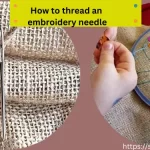
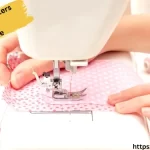
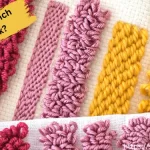


Leave a Reply